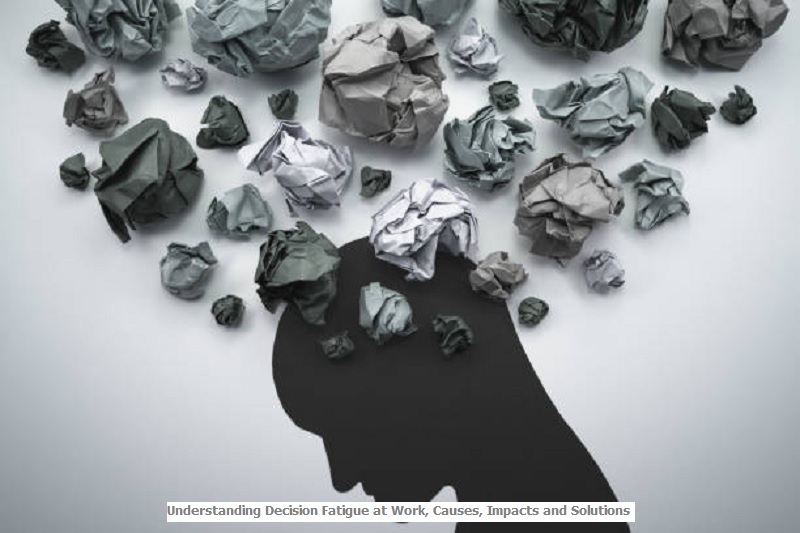In a dynamic and stressful work environment, challenges can come from various directions. Not only employees who have to complete various tasks and meet targets. But also leaders who have to make many important decisions every day. One psychological challenge that is often not realized but has a big impact on productivity is decision fatigue at work.

Understanding What Is Decision Fatigue at Work
Basically, decision fatigue is a psychological condition in which a person experiences a decrease in the ability to make decisions. In the context of work, this can happen to anyone. Be it employees, managers, or company leaders.
When someone is constantly faced with choices, both big and small, the brain will become tired. Like muscles that are used continuously without rest, the ability to make decisions can also decrease. As a result, the decisions a person makes tend to be impulsive, unwise, or even avoided altogether.
Reasons Why Decision Fatigue Can Occur
In the workplace, there are various reasons why someone is susceptible to decision fatigue. One of them is too many daily micro decisions. For example, choosing work clothes, determining task priorities, responding to emails, and deciding meeting schedules. All of these are decisions that seem small but are very numerous.
In addition, the higher the position or role of a person, usually the more important decisions we have to make. As a result, leaders often have to make strategic decisions that have a wide impact.
Not infrequently, the factor of working continuously without time to calm the mind reduces the brain’s capacity to think clearly and objectively. Especially if you experience excessive multitasking. Such as moving from one task to another, especially those that require critical thinking, can make the mind tired quickly. So that all of that triggers decision fatigue.
Characteristics that Arise from Decision Fatigue
Decision fatigue at work is often not realized directly. However, based on the MindfulThinks YouTube channel, we can recognize this through the following signs.
- Difficulty in making simple decisions, even very light ones.
- Delaying or avoiding decisions tends to hope that decisions can be made by others.
- The results of decisions become unstable, emotional, or based on momentary instincts.
- People who experience fatigue in thinking tend to be more easily angered or feel overwhelmed.
- Decreased productivity and focus.
Impact and Handling Steps
If left untreated, decision fatigue can have various serious consequences. For example, the risk of making the wrong decision that can impact the performance of the team or organization. Not only that, prolonged mental fatigue can lead to burnout. In fact, bad decisions can damage relationships between coworkers or superiors. Here are some ways to overcome it:
- First, set a daily routine, including reducing micro decisions by forming a consistent scale. So that it saves cognitive energy.
- Not all decisions must be handled alone. In this case, leaders can delegate to others to achieve effective solutions.
- Prioritize important decisions, focus mental energy on big decisions at the beginning of the day when the brain is still fresh.
- Don’t forget to take a break between jobs to help restore focus and calm thinking.
- Focusing on one task at a time is more efficient than doing many things at once.
- Also use checklists, calendars, or task management software to simplify the decision-making process.
Decision fatigue at work is not a sign of weakness. But a signal that the brain needs room to breathe. In the midst of the complexity of the modern work world, recognizing and managing fatigue in decision making is an important key. So that productivity and mental health are maintained. Both employees and leaders, all can take preventive steps. So that you can still think clearly in making quality decisions. /Edit



